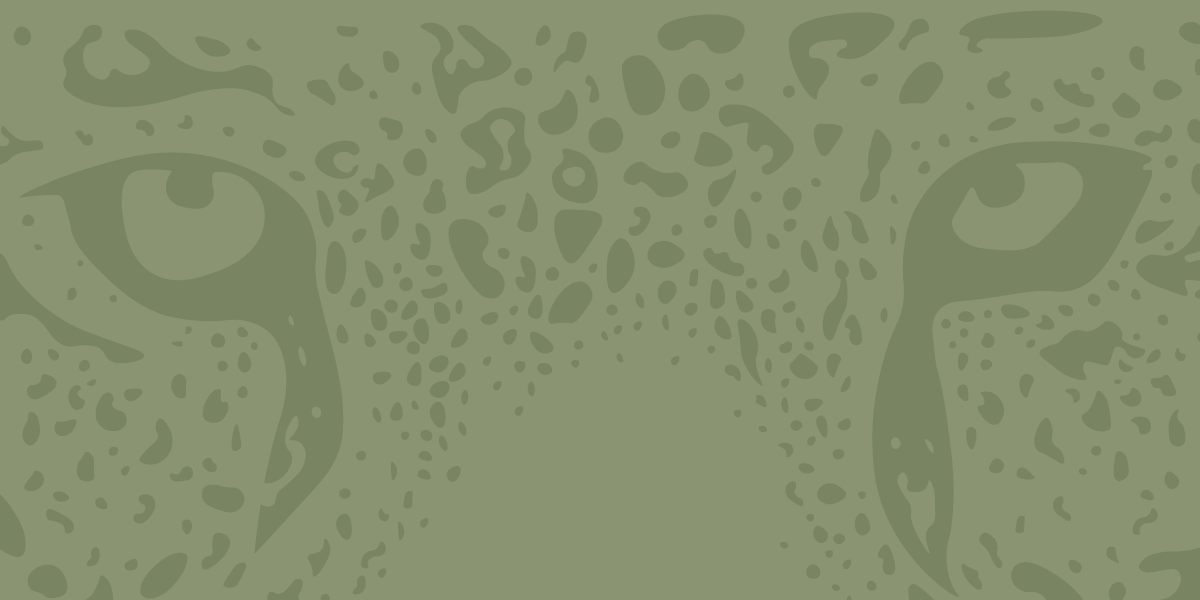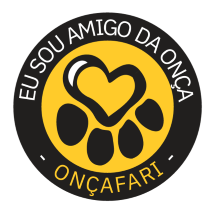The Pantanal is the largest inland wetland in the world and is under increasing anthropogenic threats, including long-term regionally intensive gold mining practices. Gold mining activities are known to cause the release of harmful pollutants such as mercury (Hg) to the surrounding environment. Jaguars (Panthera onca (Linnaeus, 1758)) are apex predators, and therefore show great potential to accumulate Hg by biomagnification. We hypothesize that total Hg content in the fur of jaguars from two sites within the Brazilian Pantanal would be significantly different as a function of distance from active gold mining operations. The Hg content was determined by fluorescence spectrometry. The mean ± SD Hg content in jaguars from the study site influenced by gold mining (SB) was compared to jaguars sampled in the area free of gold mining activities (CA) using a one-way ANOVA. The mean Hg content in jaguars from SB (673.0 ± 916.8 μg g-1) is significantly different from jaguars sampled in CA (29.7 ± 23.3 μg g-1), p = 0.03.
The maximum recorded content of Hg was 2,010.4 ± 150.5 μg g-1, highest level ever recorded in a wild animal. The data indicate that Hg is an important threat to jaguars within at-risk regions of the Pantanal.




